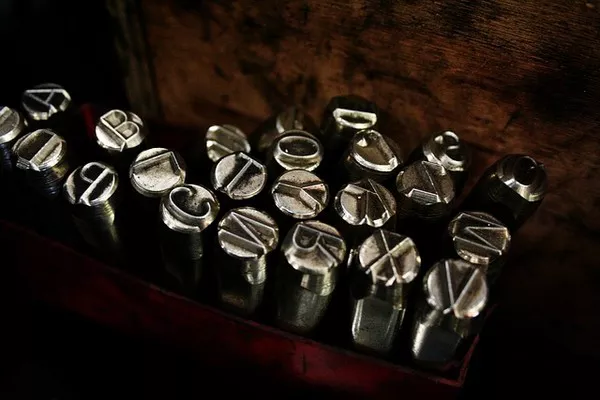Silver, often referred to as the “poor man’s gold,” has gained significant attention from investors seeking exposure to precious metals. Exchange-Traded Funds (ETFs) provide a convenient and cost-effective way for investors to add silver to their portfolios. However, with several options available, determining the best silver ETF can be a daunting task. In this article, we will conduct a thorough analysis of some prominent silver ETFs, considering factors such as expense ratios, liquidity, tracking error, and historical performance.
Understanding Silver ETFs:
Silver ETFs are investment funds that track the price of silver and trade on stock exchanges, just like individual stocks. These funds provide investors with exposure to the performance of silver without the need to physically own and store the metal. Investors can choose from various silver ETFs based on their investment goals, risk tolerance, and preferences.
Top Silver ETFs:
iShares Silver Trust (SLV):
The iShares Silver Trust (SLV) is one of the most popular silver ETFs, designed to track the price of silver bullion. SLV holds physical silver in vaults and issues shares that represent ownership of a proportionate amount of silver. One of the key advantages of SLV is its high liquidity, making it easy for investors to buy and sell shares on the secondary market.
However, investors should be aware of SLV’s expense ratio, which covers the fund’s operating costs. While the expense ratio is relatively low compared to some other silver ETFs, it is crucial to consider this factor, especially for long-term investors.
Aberdeen Standard Physical Silver Shares ETF (SIVR):
SIVR is another notable silver ETF that aims to reflect the performance of the silver bullion it holds. One of the distinguishing features of SIVR is its low expense ratio, making it an attractive option for cost-conscious investors. Additionally, SIVR has a solid liquidity profile, providing investors with the flexibility to enter or exit positions with ease.
Investors should also consider the tracking error, which measures how closely the ETF’s performance aligns with that of the underlying silver price. SIVR has historically exhibited a low tracking error, indicating effective tracking of the silver market.
Invesco Physical Silver Shares ETF (SIVR):
The Invesco Physical Silver Shares ETF (SIVR) is backed by physical silver held in secure vaults. Like other silver ETFs, SIVR provides investors with an efficient way to gain exposure to silver without the need for physical ownership. SIVR’s expense ratio is competitive, and its liquidity is generally satisfactory.
When evaluating SIVR, investors should consider its historical performance and how closely it has tracked the silver price. Additionally, assessing the bid-ask spread can provide insights into the liquidity and trading costs associated with the ETF.
Comparative Analysis:
Expense Ratios:
One of the critical factors to consider when choosing a silver ETF is the expense ratio, which represents the annual cost of managing the fund as a percentage of its total assets. While all the mentioned ETFs have relatively low expense ratios, investors should carefully compare them to identify the most cost-effective option for their investment strategy.
Liquidity:
Liquidity is another crucial aspect, especially for investors who frequently trade ETFs. Higher liquidity generally leads to narrower bid-ask spreads, reducing trading costs. SLV has a long-standing reputation for its high liquidity, making it a preferred choice for active traders. However, both SIVR and SIVR also boast sufficient liquidity, providing investors with ample opportunities to enter or exit positions.
Tracking Error:
Tracking error measures the divergence between an ETF’s performance and the performance of the underlying asset it aims to replicate. A lower tracking error indicates a more accurate tracking of the asset’s price. SIVR has historically demonstrated a low tracking error, closely following the movements in the silver market. SLV and SIVR also exhibit reasonable tracking performance, but investors may want to compare historical data to make an informed decision.
Historical Performance:
While past performance does not guarantee future results, examining the historical performance of silver ETFs can offer insights into how well they have tracked the silver price over time. Investors should analyze the performance during various market conditions to assess the consistency of an ETF’s tracking capabilities.
Conclusion:
Choosing the best silver ETF involves a comprehensive evaluation of factors such as expense ratios, liquidity, tracking error, and historical performance. The iShares Silver Trust (SLV), Aberdeen Standard Physical Silver Shares ETF (SIVR), and Invesco Physical Silver Shares ETF (SIVR) are all reputable options, each with its unique features.
Investors should align their investment goals and risk tolerance with the specific characteristics of each ETF. Whether prioritizing low expense ratios, high liquidity, or precise tracking, understanding the nuances of each silver ETF will empower investors to make informed decisions and effectively incorporate silver into their portfolios.


